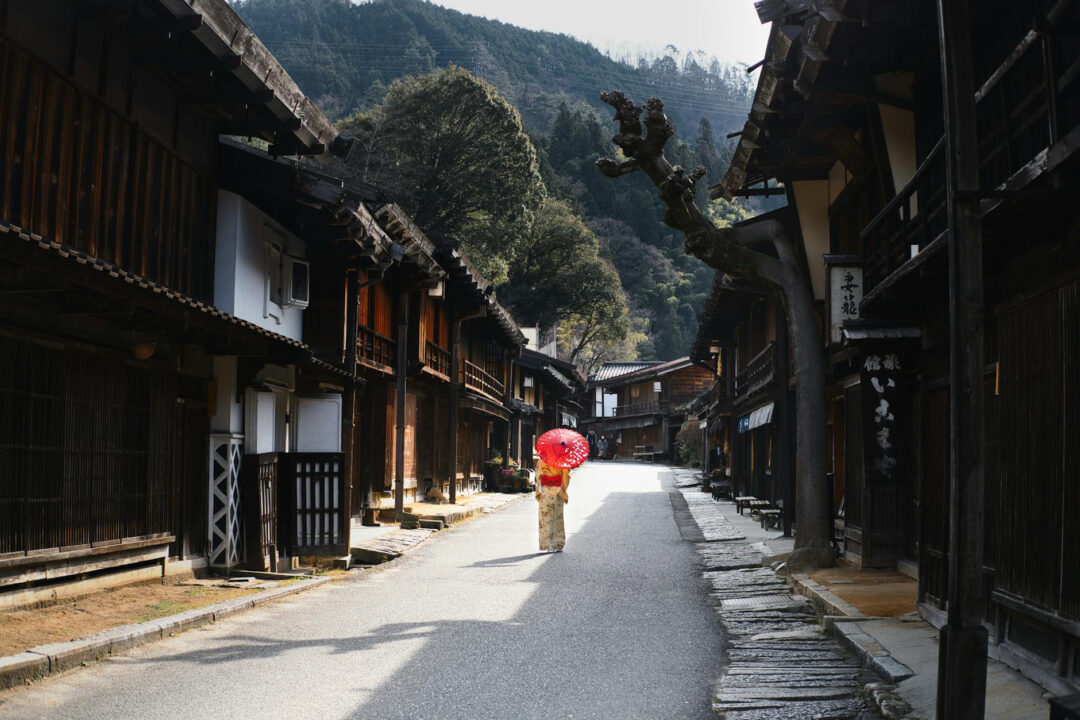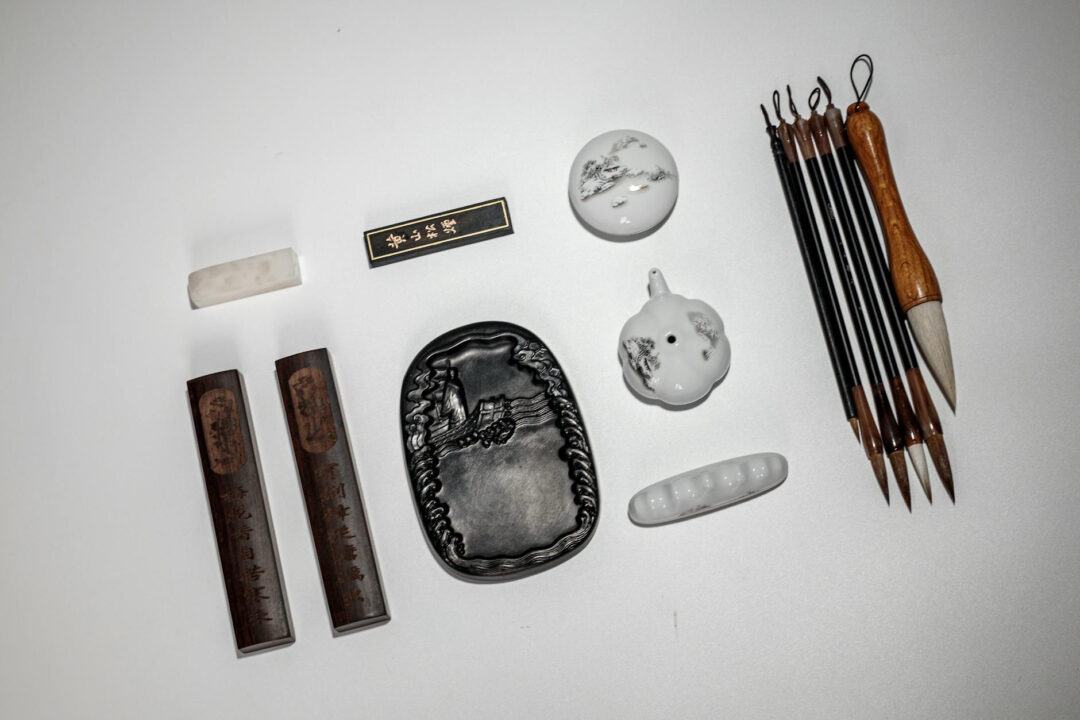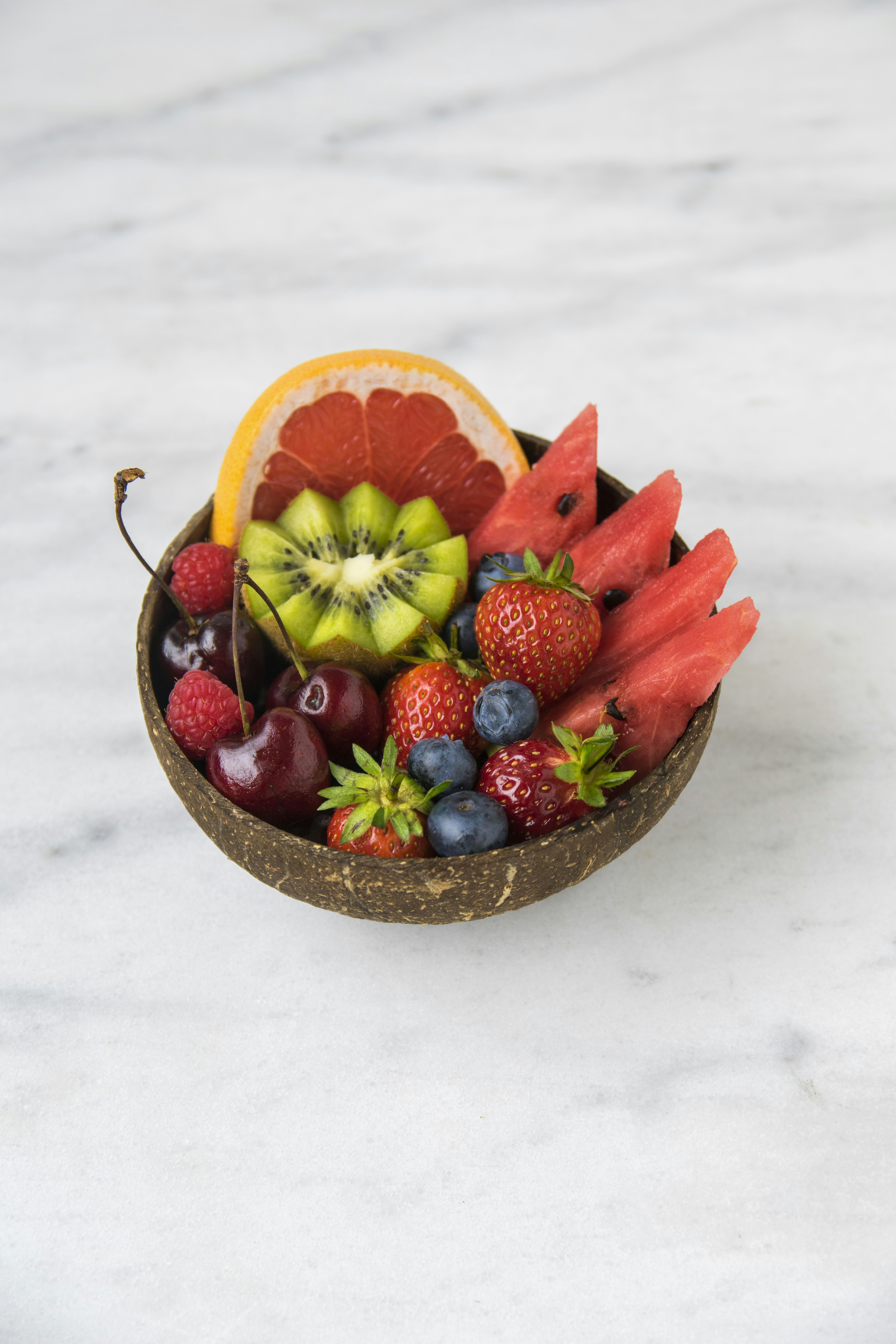- A Trip to Nara’s Ink-Making Workshops to Feel the Breath of Tradition
- The history of sumi ink and Nara’s uniqueness: why this is the best place to produce it
- My experience at the workshop: The moving moment of kneading my own sumi ink
- Why and How to Choose Nara Sumi: Practical Advice
- FAQ: What you want to know about Nara Sumi
- Private Wisdom-like Summary
A Trip to Nara’s Ink-Making Workshops to Feel the Breath of Tradition
On a recent visit to Nara Prefecture, I had the opportunity to experience the hidden charm of the ancient capital. Nara is famous for its deer park and the Great Buddha, but what I was aiming for this time was an ink-making workshop with a history of more than 1,000 years. Nara’s ink is an indispensable product for calligraphy and painting, and is loved by artists all over the world. I actually visited the workshop and experienced the ink kneading process under the guidance of the craftsmen. Based on this experience, this article will tell you about the charm of Nara’s sumi ink. If you are interested, please check the official Nara Prefecture tourist website (https://kanko.pref.nara.jp/) for more information.
Nara’s ink making is a traditional craft that has continued since the Nara period (710-794), and is carefully made by hand using pine smoke and glue as the main raw materials. I visited a well-established workshop in Nara City. When I opened the door of the workshop, the aroma of sumi ink was in the air, and it was as if time had stopped. The craftsmen explained to me one by one the process from the selection of raw materials to molding and drying. What was particularly impressive was the depth brought about by the blackness of the sumi ink. A friend of mine, who is known as a calligrapher, also uses this ink in his works and was impressed by its smooth writing.
Through this trip, I realized that Nara’s sumi ink is not just a tool, but a gem that holds the soul of art. It is also highly recommended for foreign visitors, and English-speaking workshops are increasing. Next, let us delve deeper into the history of sumi ink.
The history of sumi ink and Nara’s uniqueness: why this is the best place to produce it
The history of India ink in Nara dates back to the Asuka Period. The ink manufacturing techniques introduced from China at that time evolved uniquely in Nara’s rich natural environment. The pine smoke produced from high-quality pine trees in the mountains of Nara is characterized by its fine particles and the blackness of the ink. I actually touched the pine smoke at the workshop and was amazed at its delicacy.
The uniqueness of Nara sumi also lies in the combination of glue. The addition of glue extracted from animal skins makes the ink sticky and durable. Today, environmentally friendly plant-derived glue is also used, making it highly sustainable. As a related article, you can refer to my previous post “Exploring Traditional Crafts in Kyoto” (internal link: /kyoto-crafts) to see how Nara’s sumi ink differs from crafts in other regions.
Also, Nara sumi ink is attracting a lot of attention as of 2025, with a move to register it as a UNESCO Intangible Cultural Heritage. “Nara Traditional Crafts 2025” is also rising in Google Trends. Knowing this history doubles the joy of using sumi ink. Next, I will share with you my actual experience.
My experience at the workshop: The moving moment of kneading my own sumi ink

When I arrived at the workshop, I first watched a demonstration by the craftsman. The process of mixing pine smoke with glue and pouring it into a wooden mold was like an art form. Next, I participated in the workshop where I kneaded the ink myself. I will never forget the feeling of the ink as it gradually hardened while my hands turned black. I was able to take home the finished ink, which I still use in my study.
This experience was not just a sightseeing tour, but also an opportunity to interact with the local people. The artisans were eager to give me advice on how to use the ink, and it was helpful that they were available in English. For foreigners, advance reservations are recommended. In my case, the one-hour workshop cost about 3,000 yen, but it was more than worth it.
What I learned through the experience was that ink making develops patience and concentration. It gave me time to forget my busy daily life and calm my mind. If you are looking for a similar experience, check out the “Nara Tea Ceremony Experience” (internal link: /nara-tea). Next, we list some practical advice.
Why and How to Choose Nara Sumi: Practical Advice

- Check the quality: When choosing Nara ink, look for a high purity of pine smoke. Check the label to see if it is clearly labeled “Made in Nara.
- Choose according to your needs: a softer ink for beginners in calligraphy and a darker black one for advanced calligraphers. You can try out the ink at the studio.
- Storage: Keep in a dry place, away from moisture. The key to longevity is to close the lid as soon as you finish using it.
- Where to buy: Specialty stores and online stores in Nara City; Amazon also carries them, but buying locally is recommended.
- As a gift: Beautifully boxed sets are popular. They make great souvenirs for foreigners and are a great opportunity for cultural exchange.
These tips are derived from my own experiences. For example, my first experience of making a mistake in selecting ink made me realize the importance of a trial drawing. Nara sumi ink is a luxury item, but it is worth the investment. Next up is a Q&A section to answer readers’ questions.
FAQ: What you want to know about Nara Sumi
In this section, we answer questions from readers on a hands-on basis.
Q: How is Nara sumi different from sumi from other regions?
A: Nara ink is characterized by its fine grain and deep blackness. In my experience, it is superior in that it writes smoothly and does not bleed easily. Sumi inks from other regions are less expensive, but may be inferior in durability.
Q: Are the workshops in English?
A: Many workshops have English-speaking guides. The one I visited was available by advance reservation. Check the workshop’s website (e.g. https://www.nara-ink.com/) for details.
Q: How long does it take to make sumi ink and how much does it cost?
A: It usually takes 1-2 hours and costs around 2000-5000 yen. In my case, it was cheaper with a group discount. It is also fun with children.
Q: Can I buy it online?
A: Yes, you can buy from the official store. However, it is better to choose locally to be sure of the quality.
Q: What are the trends for 2025?
A: In relation to “Nara Traditional Crafts 2025,” fusion with digital art is a hot topic. NFT art using sumi ink is also emerging.
These Q&As were compiled based on my travel memories. If you want to know more, please ask in the comments.
Private Wisdom-like Summary
Nara’s sumi ink is not just stationery, but the fruit of an art that has lasted for a thousand years. Through this gem, you can experience the soul of the ancient capital and enrich your mind, and at Private Wisdom, we cherish such a unique experience with a sense of luxury. We hope you will look for Nara Sumi for your next trip. We also recommend the related article “Japan’s Hidden Crafts” (internal link: /japan-crafts).



Comments